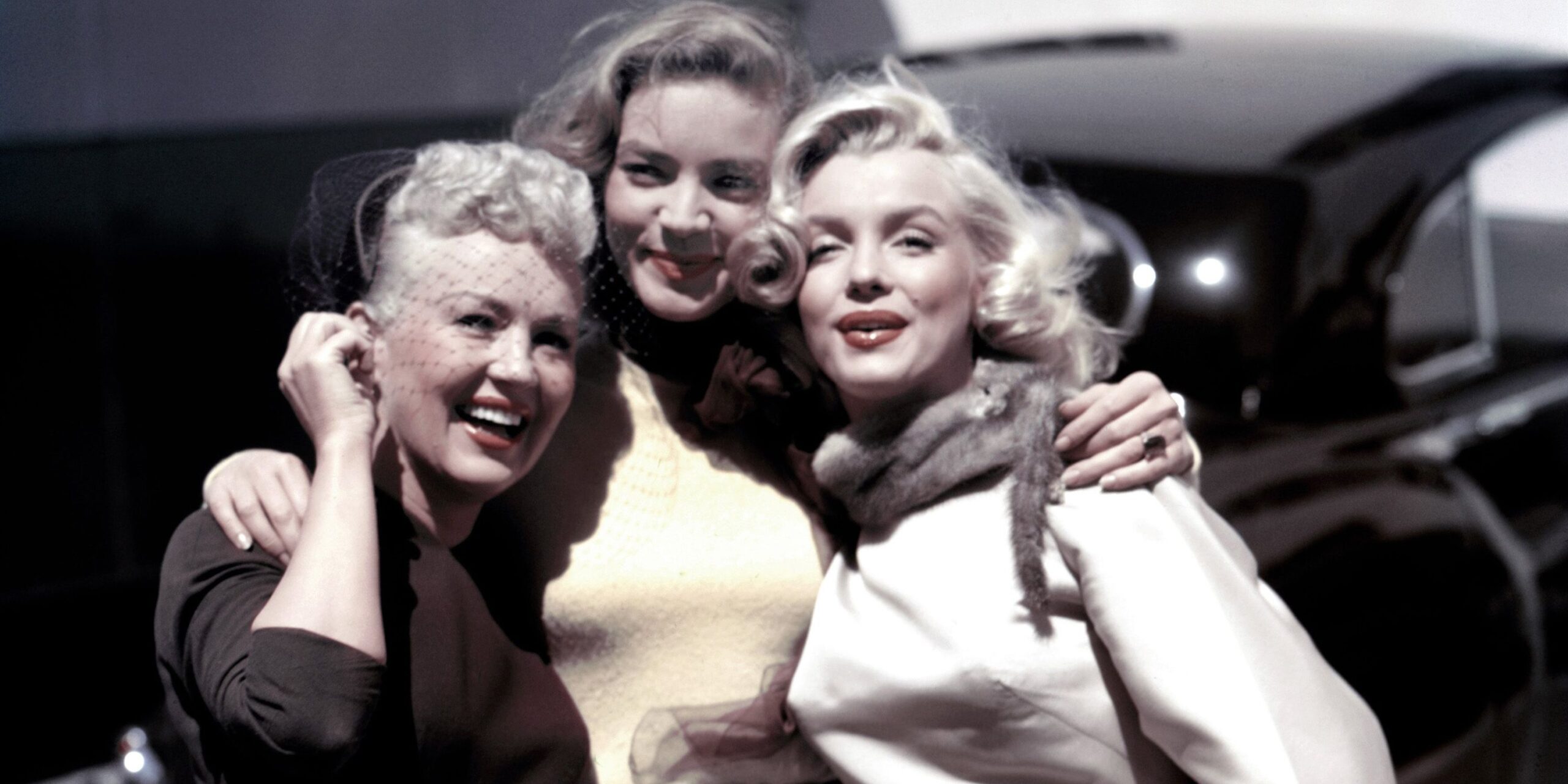Anti-Aging & Longevity

How and why do we age?

What happens in our body when we age? What are the molecular and cellular mechanisms that regulate aging and can we delay aging by targeting these processes? These are some of the questions we asked the Max Planck Institute for Biology of Aging. We are all aware of the external features that appear at old age, such as wrinkles and grey hair but why do we age and what exactly happens inside our body when we age is much less understood.
How do we age? – The hallmarks of aging
To better characterize the aging process, scientists have started to identify and categorize the cellular and molecular hallmarks of aging. Nine candidate hallmarks are generally considered to contribute to the aging process and together determine the observable characteristics of aging. A corresponding process is considered a hallmark of aging, if its deterioration causes premature aging, while its improvement ameliorates health during aging and extends lifespan.
The nine hallmarks of aging:
The nine characteristics of aging clearly show how complex the aging process is at the molecular level and how it can be influenced in many different ways. Although the knowledge of aging research is constantly evolving, the nine hallmarks of aging provide an excellent basis for our knowledge of the fundamental biology of aging.
Genomic instability
Since the genome contains the instructions for all functions in a cell, its correct operation is essential for our body to work properly. However, our genome is permanently under attack by internal and external influences. Harmful influences from outside the body include UV radiation and air pollution. Inside the body, oxygen radicals produced during our respiration can damage the genome. It has been estimated that the DNA in every single cell of our body is damaged up to one million times a day.
Fortunately, our DNA also contains the information for several processes that can detect and repair such damage. Therefore, our cells have a self-repairing capacity of the genome. The problem is that these repair processes are not perfect. Although our cells can repair most DNA damage events, a subset of DNA lesions are not properly repaired and are instead fixed as mutations in our genome. These mutations, which can impair all aspects of a cell’s function, accumulate over time, particularly as we get older. People who have impaired repair processes of the genome often show signs of accelerated ageing. DNA damage also contributes to the development of cancer. The research groups of Ron Jachimowicz and Stephanie Panier both investigate different aspects of these DNA repair mechanisms. You can find more information on their respective pages.
Interestingly, it has been shown that caloric restriction, i.e. reduced food intake, slows down the increase in DNA damage that occurs over time [5, 6]. In addition, the obvious health advice such as avoiding sunburn, eating less grilled/fried foods, and not smoking also help. This shows that there are ways of reducing damage to our DNA or improving the repair mechanisms of our cells to delay the ageing process.
Telomere attrition
Epigenetic alterations
Our epigenome is influenced by our diet and lifestyle, but chronic stress or certain drugs can also change it. Studies in yeast, worms and flies have shown that alterations in the epigenome directly influence the lifespan of these organisms [11].
Loss of proteostasis
Many study results suggest an important role of proteostasis in ageing: misfolded proteins increase with age; several age-related diseases such as Alzheimer’s are associated with misfolded proteins; improving protein quality control increases the lifespan of mice and other model organisms [15-17].
Deregulated nutrient sensing
The departments of Linda Partridge and Adam Antebi as well as the research groups of Costas Demetriades, Martin Denzel and Joris Deelen address this hallmark of ageing.
Mitochondrial dysfunction
Mitochondria are small components within the cell, also known as the “power houses of the cell”. They are essential for the production of energy by utilising the oxygen we breathe in. However, this process sometimes produces free radicals, so-called Reactive Oxygen Species or ROS [20]. ROS can damage just about every molecule in the cell, from DNA to proteins to fatty acids. For a long time, it was thought that ROS were the main drivers behind the ageing process. It has been believed that a reduction in the amount of ROS would automatically lead to a healthier and longer life.
However, it has been known for some years now that reducing ROS levels sometimes has no effect on health at all. In some cases, it is even the other way around and a slight increase in the amount of ROS in the cells actually has beneficial effects. For this reason, it has been concluded that ROS in general have an important function in signalling cellular stress [21]. Cells, organs and tissues that perceive stress increase their maintenance and repair processes in response to it. For healthy ageing, the amount of ROS must therefore be just right: not too much and not too little. Mitochondrial dysfunction can generally affect important cellular signalling pathways and processes. Eventually, the cell becomes less efficient at producing energy, and at the same time, the level of oxidative stress increases, leading to damage to other cellular components. As a result, mitochondrial dysfunction contributes to several age-related diseases, such as myopathies and neuropathies [22].
Cellular senescence
One reason for cellular senescence is the shortening of the telomeres. However, there are a whole range of other influences that can trigger a senescent state in a cell, including damage to DNA, for example. For a long time, it was unclear whether senescent cells contribute to the ageing process or are an effective protection against the development of cancer. A recent study has shown that senescent cells decreased survival even in young mice [25]. Drugs that kill or silence senescence cells are called senolytics, and are now being tested for their potential beneficial effect in humans in the context of ageing and cancer therapy.
Stem cell exhaustion
Several studies have shown that certain molecules, for example the drug rapamycin, can maintain the functions of stem cells and thus not only improve the health of stem cells but also have a positive effect on the body’s ageing process [27, 28].
Altered intercellular communication
Ageing not only changes the signals sent by cells, but also the ability of recipient cells to respond to these signals. This impaired communication leads to problems such as chronic tissue inflammation as well as the failure of the immune system to recognize and eliminate pathogens or defective cells, increasing susceptibility to infections and cancer [30].
Why do we age? - Evolutionary theories of aging
Lifespan varies greatly between animals ranging from only a few hours in mayflies up to five hundred years in Iceland clams. Some more primitive animals like sea anemones and the fresh-water polyp hydra do not seem to age at all, while the longest-living vertebrate species is the Greenland shark, that can live up to 400 years and only reaches sexual maturity at the age of 150.
However, aging is not the only strategy developed during evolution, as some animals like the giant pacific octopus, male ants or males of the small marsupial Antechinus agilis die immediately after reproduction.
Thus, although most organisms age the questions “Why do we age?” and “What determines the difference in longevity between species?” are much less understood.
From an evolutionary perspective aging is a paradox. Aging makes us less healthy and why would such a deleterious process evolve? The answer is, aging evolves not because it is useful but as a side-effect of something else. This conclusion is derived from two popular aging theories proposed by evolutionary biologists Peter Medawar and George Williams already in the 1950s and 1960s.
The “mutation accumulation” theory by Peter Medawar states that the force of natural selection stays high until first reproduction. Afterwards, it declines with age. Therefore, deleterious mutations, whose effects only occur late in life, can accumulate because they are not selected against. This consideration is also termed the “selection shadow”. This means that the most important goal of an organism is its reproduction and until that point natural selection ensures the maintenance of the cellular processes essential for survival.
After reproduction, there is no evolutionary pressure to ensure the continued survival of the organism. Cellular processes decline, the organism ages and ultimately dies.
The “antagonistic pleiotropy” theory by George Williams states that natural selection can favor gene variants with beneficial effects early in life, even if the same variants have detrimental effects later on. As the harmful effects of these genes only occur in old age after the reproductive phase, they have little evolutionary impact. Nature cannot directly select against a gene or its mutation that causes the death of an individual in old age, if its harmful effects do not occur before the end of the reproductive phase.
Another conclusion derived from these theories is that the intrinsic rate of aging of an organism is expected to evolve in accordance with the level of extrinsic hazard encountered. This means, the more likely an animal is to die due to predation or lack of food, the shorter-lived it usually is. Animals that developed strategies to avoid hazard are usually longer-lived. For example, birds and bats, which can escape hazardous situation by flying are often long-lived, other strategies include social organization, or protection via poison or armor.
In summary, aging only evolves as a side effect and therefore is not a programmed process like development, i.e. no genes evolved to cause damage and death. This may also explain why it is such a variable process within and between different individuals.
Miami Wellness Academy & Miami HealthCoach are committed to providing evidence-based solution to improve health outcomes using nature and science as our guide.
NATURE GOT IT RIGHT
References :
- López-Otín, C., et al., The hallmarks of aging. Cell, 2013. 153(6): p. 1194-1217.
- Kennedy, B. K., et al., Geroscience: linking aging to chronic disease. Cell, 2014. 159(4): p. 709-713.
- Roos, Wynand P., Adam D. Thomas, and Bernd Kaina, DNA damage and the balance between survival and death in cancer biology. Nature Reviews Cancer, 2016. 16(1): p. 20-33.
- Nicolai, S., et al., DNA repair and aging: the impact of the p53 family. Aging (Albany NY), 2015. 7(12): p. 1050-1065.
